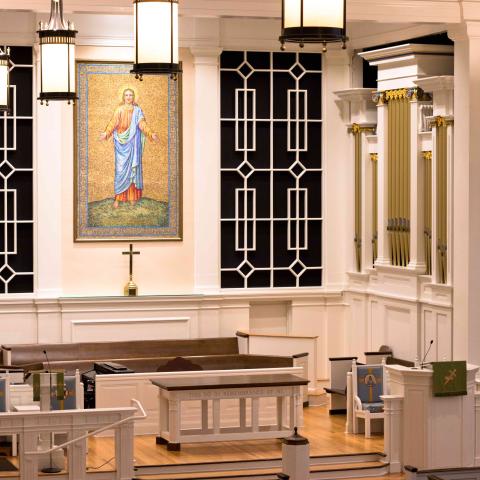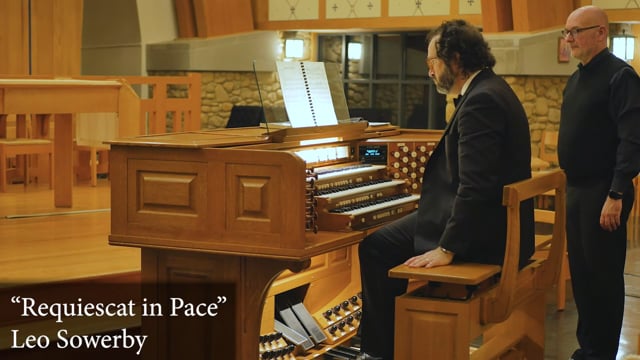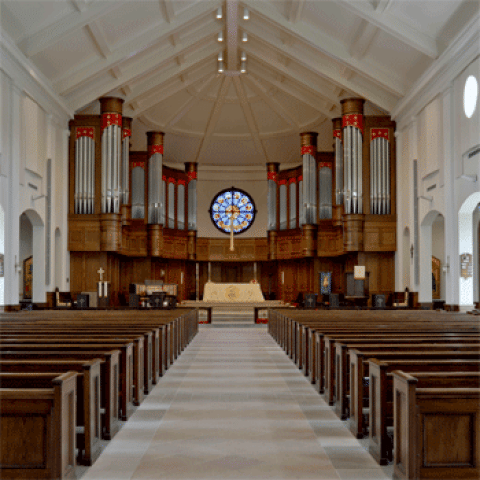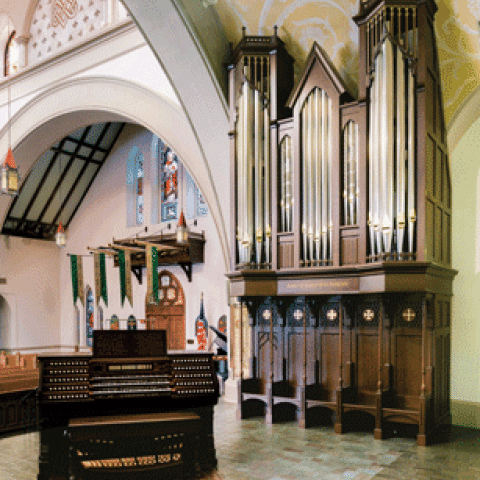Mark Pace plays "Festive Trumpet Tune" by David German on the B. Rule & Company organ at First Presbyterian Church, Knoxville, Tennessee. The organ, three manuals, 46 stops, 55 ranks, 2,925 pipes, is featured on the cover of the March issue of The Diapason.







